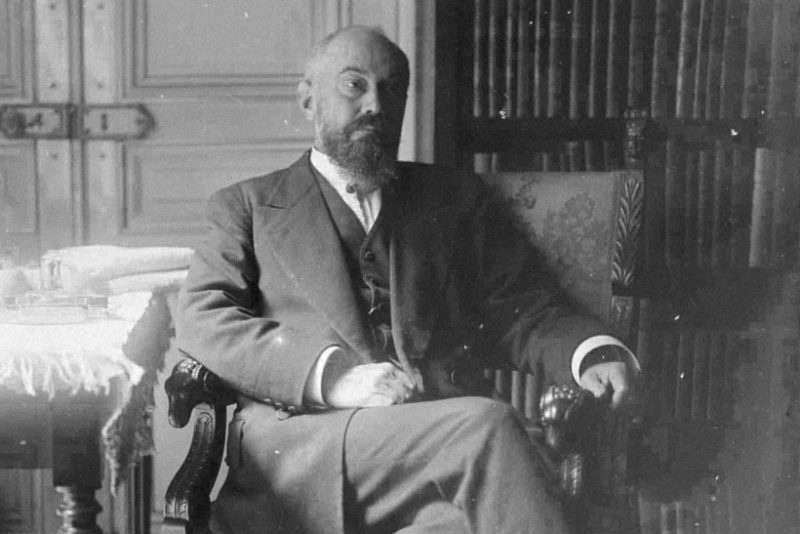
-
Who was Pierre Janet?
Pierre Janet (1859-1947) was a French psychologist, philosopher, and psychotherapist who made significant contributions to the understanding of the human mind and the treatment of psychological disorders. His work laid the foundation for many modern concepts in psychology and psychotherapy, particularly in the areas of dissociation, trauma, and the unconscious mind. Janet’s theories and clinical observations have had a lasting impact on the field of psychology, influencing later thinkers such as Sigmund Freud, Carl Jung, and modern trauma therapists.
In this comprehensive essay, we will explore Janet’s key theoretical contributions, his approach to psychotherapy, and the enduring relevance of his ideas in contemporary psychology and psychotherapy. We will examine how Janet’s work has shaped our understanding of dissociative disorders, trauma, and the structure of consciousness, and consider the ways in which his insights continue to inform clinical practice and research in the 21st century.
-
Janet’s Theory of Dissociation and the Structure of Consciousness
2.1. The Concept of Psychological Automatism
At the heart of Janet’s theoretical framework is the concept of psychological automatism, which he introduced in his doctoral thesis “L’automatisme psychologique” (1889). Janet proposed that the human mind is composed of various levels of consciousness, with some mental processes occurring automatically and outside of conscious awareness. He argued that these automatic processes play a crucial role in both normal psychological functioning and in the development of psychopathology.
Janet’s theory of psychological automatism challenged the prevailing view of consciousness as a unitary phenomenon and laid the groundwork for modern understandings of the unconscious mind. His work in this area predated and influenced Freud’s later explorations of the unconscious, although Janet’s conceptualization differed significantly from Freud’s psychoanalytic model.
2.2. The Hierarchy of Psychological Functions
Building on his concept of psychological automatism, Janet developed a hierarchical model of psychological functions. He proposed that mental processes could be organized into different levels of complexity and integration, ranging from simple reflexes and automatic behaviors to higher-order cognitive functions such as reasoning and self-reflection.
According to Janet, psychological health depended on the proper integration and coordination of these various levels of mental functioning. He argued that psychological disorders could arise when this integration breaks down, leading to the dissociation or fragmentation of certain mental processes from conscious awareness and control.
2.3. Dissociation as a Central Mechanism in Psychopathology
Janet’s most significant contribution to psychology was his theory of dissociation. He proposed that dissociation is a fundamental mechanism underlying many psychological disorders, particularly those involving trauma and stress. Janet defined dissociation as the failure to integrate certain experiences, memories, thoughts, or feelings into the mainstream of consciousness.
Unlike Freud, who emphasized repression as the primary defense mechanism, Janet saw dissociation as a more fundamental process that could occur in response to overwhelming experiences or as a result of psychological weakness. He argued that dissociation could lead to the formation of separate streams of consciousness or “subpersonalities” within the individual, which could manifest as symptoms such as amnesia, fugue states, or multiple personality disorder (now known as dissociative identity disorder).
-
Janet’s Approach to Psychotherapy and the Treatment of Trauma
3.1. Psychological Analysis and Synthesis
Janet developed a therapeutic approach he called “psychological analysis,” which aimed to uncover and reintegrate dissociated elements of the psyche. This approach involved careful observation and analysis of the patient’s symptoms, behaviors, and mental processes, as well as the use of techniques such as hypnosis to access dissociated memories and experiences.
In contrast to Freud’s emphasis on free association and the interpretation of unconscious symbols, Janet focused on helping patients reconstruct and reintegrate their fragmented memories and experiences. He believed that this process of “psychological synthesis” was essential for healing and the restoration of psychological balance.
3.2. The Concept of “Fixed Ideas” in Trauma
Janet introduced the concept of “fixed ideas” to describe the way traumatic memories and experiences can become isolated from normal consciousness and continue to exert a powerful influence on behavior and emotions. He observed that these fixed ideas often manifested as intrusive thoughts, flashbacks, or compulsive behaviors in trauma survivors.
This understanding of trauma as involving the persistence of unintegrated, dissociated experiences laid the groundwork for modern theories of post-traumatic stress disorder (PTSD) and other trauma-related conditions. Janet’s work in this area anticipated many of the key insights of contemporary trauma theory and therapy.
3.3. The Role of Resource Building and Stabilization in Treatment
Janet recognized the importance of building psychological resources and stability as a crucial first step in the treatment of trauma and dissociative disorders. He emphasized the need to strengthen the patient’s overall psychological functioning and coping abilities before attempting to address traumatic memories directly.
This approach, which Janet called “presentification,” involved helping patients develop better skills for managing their emotions, improving their attention and concentration, and enhancing their sense of personal efficacy. These ideas have been influential in the development of modern phase-oriented approaches to trauma treatment, which emphasize stabilization and resource development as essential components of therapy.
-
Janet’s Influence on Later Psychological Theories and Practices
4.1. Impact on Psychoanalysis and Depth Psychology
While Janet’s work was initially overshadowed by the rise of Freudian psychoanalysis, his ideas had a significant influence on the development of depth psychology. Both Freud and Jung were familiar with Janet’s theories, and many of their concepts, such as the unconscious mind and the fragmentation of the psyche, bear the imprint of Janet’s earlier work.
In recent decades, there has been a renewed interest in Janet’s contributions, with many scholars arguing that his theories offer a more nuanced and empirically grounded understanding of psychological processes than some aspects of classical psychoanalysis.
4.2. Contributions to Cognitive and Behavioral Psychology
Janet’s emphasis on the role of cognitive processes in psychological functioning and his focus on observable behaviors and symptoms anticipated many of the key principles of cognitive and behavioral psychology. His work on the hierarchical organization of mental functions and the importance of integrating different levels of cognitive processing has influenced modern cognitive theories of psychopathology and treatment.
4.3. Influence on Trauma Theory and Treatment
Perhaps Janet’s most enduring legacy is in the field of trauma studies and treatment. His insights into the nature of traumatic memory, the role of dissociation in post-traumatic symptoms, and the importance of a phased approach to treatment continue to inform contemporary trauma therapy.
Modern treatments for PTSD and complex trauma, such as Eye Movement Desensitization and Reprocessing (EMDR) and Sensorimotor Psychotherapy, draw heavily on Janet’s ideas about the need to process and integrate dissociated traumatic memories and experiences.
-
The Relevance of Janet’s Work in Contemporary Psychology and Psychotherapy
5.1. Neuroscientific Support for Janet’s Theories
Recent advances in neuroscience have provided support for many of Janet’s key ideas. Neuroimaging studies have demonstrated the existence of dissociative processes in the brain and have shown how trauma can disrupt the normal integration of neural networks involved in memory, emotion regulation, and self-awareness.
These findings align closely with Janet’s theories about the fragmentation of consciousness in response to overwhelming experiences and provide a biological basis for understanding the dissociative phenomena he observed clinically.
5.2. Applications in the Treatment of Complex Trauma and Dissociative Disorders
Janet’s work continues to be highly relevant in the treatment of complex trauma and dissociative disorders. His emphasis on the importance of stabilization, resource building, and the gradual integration of traumatic memories aligns closely with current best practices in trauma therapy.
Many contemporary approaches to treating dissociative disorders, such as the theory of structural dissociation and phase-oriented treatment models, draw heavily on Janet’s original insights and clinical observations.
5.3. Implications for Understanding Normal Psychological Processes
Beyond its applications in psychopathology, Janet’s work offers valuable insights into normal psychological processes. His ideas about the hierarchical organization of mental functions and the role of automaticity in everyday behavior continue to inform research in cognitive psychology and neuroscience.
Janet’s concept of psychological synthesis, or the integration of different aspects of experience into a coherent whole, remains relevant to our understanding of consciousness, self-awareness, and personal identity.
-
Legacy
Pierre Janet’s contributions to psychology and psychotherapy were far-reaching and profound. His theories of dissociation, psychological automatism, and the hierarchical structure of consciousness laid the groundwork for many key concepts in modern psychology. Janet’s clinical insights into the nature of trauma and its impact on the psyche continue to inform contemporary approaches to treatment and research.
While Janet’s work was overshadowed for many years by the dominance of Freudian psychoanalysis, there has been a resurgence of interest in his ideas in recent decades. As our understanding of the brain and mind continues to evolve, Janet’s theories have found new relevance and support in fields ranging from neuroscience to trauma studies.
The enduring legacy of Pierre Janet lies in his emphasis on the complexity and fragility of human consciousness, his recognition of the profound impact of trauma on psychological functioning, and his pioneering efforts to develop effective treatments for psychological disorders. As we continue to grapple with the challenges of understanding and treating mental illness in the 21st century, Janet’s work remains an invaluable resource and source of inspiration for clinicians, researchers, and theorists alike.
Influential Psychologists
-
Bibliography
Ellenberger, H. F. (1970). The Discovery of the Unconscious: The History and Evolution of Dynamic Psychiatry. Basic Books.
Janet, P. (1889). L’automatisme psychologique: essai de psychologie expérimentale sur les formes inférieures de l’activité humaine. Félix Alcan.
Janet, P. (1907). The Major Symptoms of Hysteria. Macmillan.
Janet, P. (1919). Les médications psychologiques (3 vols.). Félix Alcan.
Janet, P. (1925). Psychological Healing (2 vols.). Macmillan.
van der Hart, O., & Horst, R. (1989). The Dissociation Theory of Pierre Janet. Journal of Traumatic Stress, 2(4), 397-412.
van der Hart, O., & Friedman, B. (1989). A Reader’s Guide to Pierre Janet on Dissociation: A Neglected Intellectual Heritage. Dissociation, 2(1), 3-16.
van der Kolk, B. A., & van der Hart, O. (1989). Pierre Janet and the Breakdown of Adaptation in Psychological Trauma. American Journal of Psychiatry, 146(12), 1530-1540.

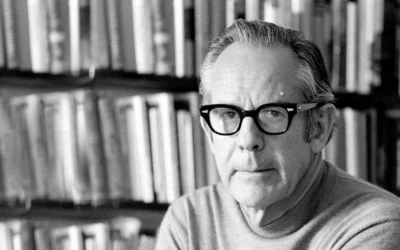
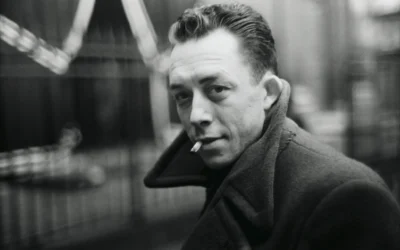

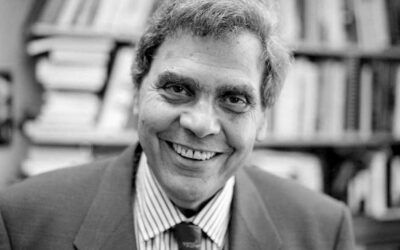


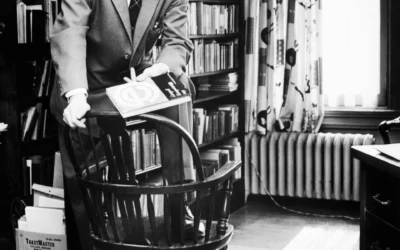
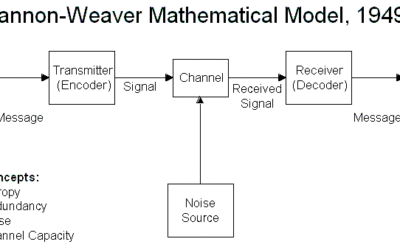
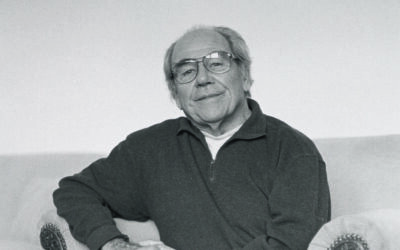
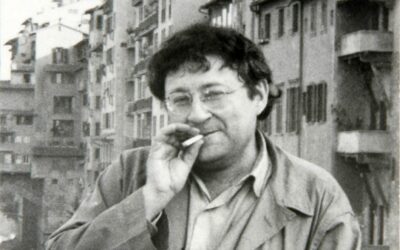


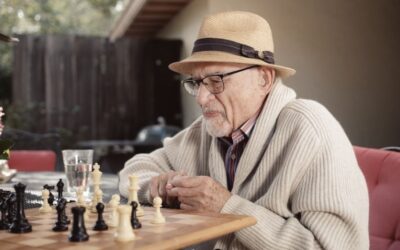
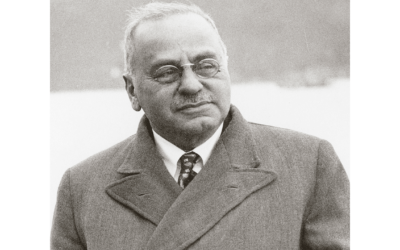










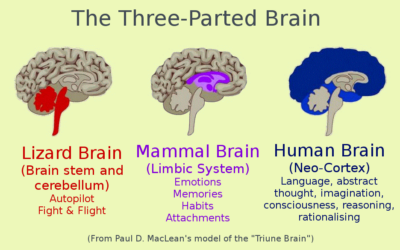
0 Comments